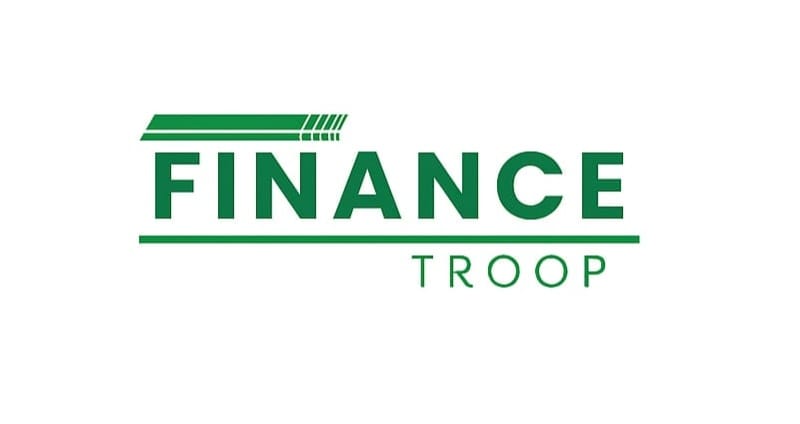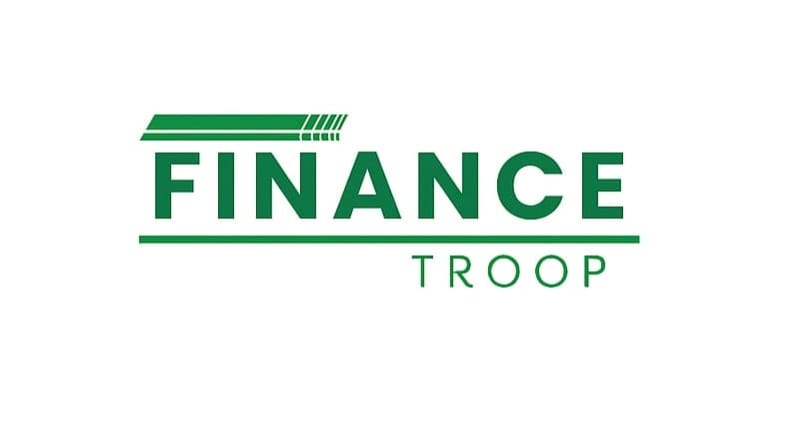In the age of online banking, UPI payments, remote work, and digital shopping, cybercrimes are becoming more common than ever before. From phishing attacks to identity theft and data breaches, digital threats can cause real financial and reputational damage.
That’s why cyber insurance has emerged as a smart financial safety shield for individuals and businesses in 2025.
In this guide, we’ll walk you through:
What Is Cyber Insurance?
Cyber insurance is a policy that provides financial protection against digital risks, such as:
- Online fraud via phishing, malware, or fake websites
- Identity theft & misuse of personal data
- Unauthorized online transactions or UPI hacking
- Ransomware attacks demanding money
- Data breach claims (for businesses)
Just like a health insurance policy takes care of hospital bills, a cyber policy takes care of:
- Investigation costs
- Loss recovery expenses
- Cyber legal support
- Fraud compensation (in ₹)
It’s available to both:
- Individuals (₹25,000 to ₹1 Cr cover)
- Businesses and professionals (custom corporate policies)
Why Do You Need Cyber Insurance in 2025?
In 2025, your mobile phone and email IDs are prime targets.
Here’s what real-world online attacks now look like:
- You click on a fake courier link and lose ₹50,000
- Someone clones your Aadhaar & PAN to open credit lines in your name
- Your freelance client database is leaked online
- Digital extortion malware locks your laptop and demands ₹25,000 in Bitcoin
Banks or internet providers don’t always reimburse such losses. Cyber insurance helps fill this gap — fast.
Indian insurance companies now offer budget-friendly plans that protect your digital identity and reimburse financial losses.
What Does an Individual Cyber Insurance Cover?
Depending on the insurer and policy chosen, typical features include:
- UPI/Netbanking fraud compensation
- SIM swap and credit card fraud protection
- Social media hijack and reputation recovery
- Legal expense cover for filing FIR or cyber complaint
- Cyberbullying or stalking issue support (legal + psychological)
- Online shopping/payment fraud
- Malware/ransomware recovery cost
- Identity theft case handling
Some plans even provide:
- Family floater digital protection
- 24×7 IT helpdesk access
- Cover for kids’ Facebook, Instagram, or YouTube hacks
Top Cyber Insurance Plans in India – 2025 Comparison
Provider | Plan Name | Sum Insured | Key Benefits | Premium (₹/year) |
HDFC ERGO | Cyber Protect Plan | ₹1L – ₹1 Cr | Phishing, transaction fraud, legal cover | ₹670 – ₹1,800 |
Tata AIG | Individual Cyber Safe | ₹1L – ₹2 Cr | Malware, data breach, digital bullying | ₹1,000 – ₹2,500 |
ICICI Lombard | Personal Cyber Insurance | ₹50K – ₹25L | Unauthorised transaction & data theft coverage | ₹500 – ₹2,000 |
Bajaj Allianz | Individual Cyber Security | ₹1L – ₹1 Cr | Online scam reimbursement, lawyer costs | ₹599 – ₹2,500 |
Go Digit | Personal Cyber Protect | ₹1L – ₹10 Cr | Custom features, reputation, legal cover | ₹750 – ₹3,000 |
Note: Premiums vary based on age, device usage, and family members covered.
Who Should Buy Cyber Insurance?
Cyber insurance is now recommended for:
- Working professionals (especially remote workers)
- Freelancers and creators (handling client data)
- Parents with teen kids online
- Senior citizens active on banking or OTT apps
- Anyone making UPI transactions regularly
- Online shoppers and social media users
This isn’t just for techies or corporates. If you own a smartphone, bank online, or use debit/credit cards — you are exposed.
How Much Does Cyber Insurance Cost?
Premiums start from as low as:
- ₹500/year for ₹50,000 coverage
- ₹1,000/year for ₹1 lakh coverage
- ₹2,500/year for ₹5–10 lakh coverage
Family coverages (covers 2–4 members) may be available at bulk rates.
Payouts are made within 15–30 days post claim validation. Claims must be supported by FIR or police/cyber cell report and transaction proofs.
What’s Not Covered (Exclusions)
Most cyber insurance plans do not cover:
- Offline fraud (e.g. ATM card cloning at kiosk)
- Self-authorized but regretted payments
- Losses older than 90 days (delayed reporting)
- Sharing OTP/PIN voluntarily
- Sensitive government data breach cases
- Business email compromise (unless detailed corporate policy)
It’s crucial to:
- Read the policy’s exclusion section carefully
- Know who the insurer’s cyber claim team contact is
- Report cyber incidents promptly (within 24–48 hours)
How to Choose the Right Cyber Insurance Plan in 2025
1. Sum Insured According to Risk
If UPI usage is high + multiple family members use your Wi-Fi, opt for ₹3 lakh+ cover.
2. Legal & Data Recovery Features
Pick a policy that offers help with police reports, social account recovery, or data unlocking.
3. Reputation Protect (for creators/entrepreneurs)
Define if you need image rescue support after online smearing/hacking.
4. Family Floater Cyber Insurance
Add parents, spouse, and kids under one plan if you’re the household IT user.
Things to Keep in Mind
- Use an authentic insurer only — don’t buy vague or “quick scam refund” policies
- Always preserve chat/email/SMS/UPI proof for cyber claims
- Update your email and mobile with insurer for alerts
- Maintain unique passwords and avoid public Wi-Fi transactions
- Never share OTPs or PINs — they void your claim!
Final Thoughts
Cyber insurance is an “invisible umbrella” that you’ll be thankful for when the storm hits — and in 2025, online scams are far more advanced than ever before.
For just ₹500–₹2,000 annually, you can:
- Get peace of mind for your online transactions
- Protect your data, family, and money
- Get expert help in emergencies without drowning in court or police formalities
If you’re online every day — you’re at risk. And cyber insurance is now a basic part of being financially secure in the digital age.
Cyber Insurance – Frequently Asked Questions (FAQ) 2025
1. What is cyber insurance for individuals in India?
Cyber insurance is a policy that offers financial protection against digital frauds such as unauthorised online transactions, phishing, data theft, identity misuse, and money loss due to cybercrime.
It helps individuals recover financial losses and provides support for legal and technical assistance, as offered by insurers.
2. Who should buy cyber insurance?
Anyone who uses:
- Online banking
- UPI payments
- Debit/credit cards
- E-commerce platforms
- Social media
…can benefit from cyber insurance. Regular internet users, freelancers, remote workers, students, and senior citizens are particularly vulnerable to cyber threats.
3. Is cyber insurance only for companies or is it available for individuals too?
Cyber insurance is available for both individuals and businesses. Individuals can buy personal cyber insurance plans online starting from ₹500 to ₹2,000 per year. Plans cover fraud, data breach, account hacking, and more.
4. What cyber incidents are typically covered under these policies?
Most personal cyber insurance plans cover the following:
- UPI or NetBanking fraud
- Email phishing & mobile malware
- SIM swap & social media account hacking
- Data or identity theft
- Online shopping fraud
- Cyberbullying or digital harassment
- Credit card/debit card fraud
Coverage varies between insurers, so check the policy document before buying.
5. What is not covered under cyber insurance?
Generally not covered:
- Fraud due to sharing OTP, passwords, or PINs voluntarily
- Offline card frauds (e.g., ATM skimming)
- Transactions more than 90 days old
- Claims without FIR or digital proof
- Corporate data loss under personal policies
Always check the exclusions section in your policy.
6. Does cyber insurance cover losses from UPI fraud or fake payment links?
Yes, most plans include UPI and mobile app payment frauds caused due to phishing, screen sharing scams, or fake payment apps — as long as the user did not voluntarily share sensitive credentials
7. Do you need a police or FIR report to claim cyber insurance?
Yes, most insurers ask for:
- FIR copy from the cyber cell
- Proof of fraudulent transactions (SMS, email, screenshots)
This builds legal grounds for the claim and helps with further investigation.
8. What is the typical claim process for cyber insurance?
- Inform the insurer as soon as the incident happens (within 24–72 hours)
- File an FIR or online cybercrime complaint
- Submit your policy info, claim form, and digital evidence
- The insurer reviews & processes the case (within 15–30 working days)
Claims are generally settled via bank transfers once validated.
9. How much sum insured should I select for personal use?
For most individuals, ₹1 lakh to ₹5 lakh in coverage is sufficient. If you’re a freelancer, handle online data, or share devices with others at home, consider a higher sum insured (up to ₹25 lakh or more).
10. How much does cyber insurance cost in India in 2025?
Premiums typically range from:
- ₹500 to ₹2,000/year for individuals
- ₹2,500 to ₹15,000/year for small business owners or MID-level coverage
Higher the sum insured + wider the coverage = higher the premium.




